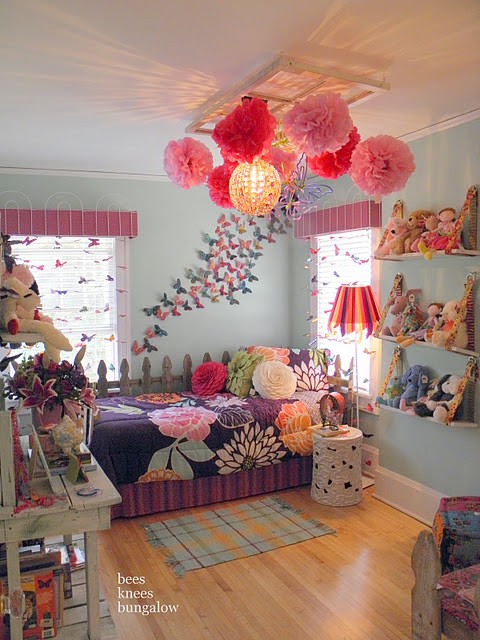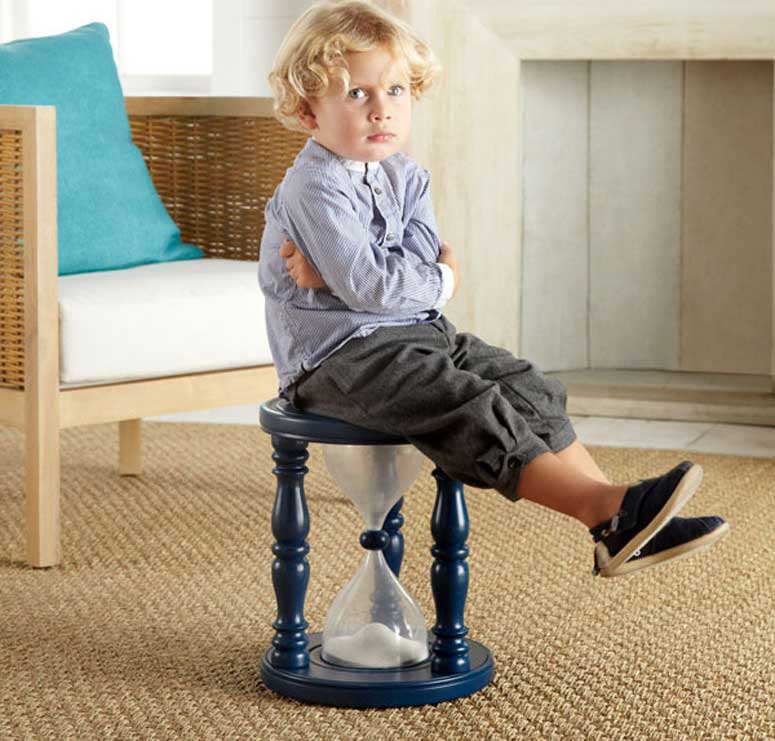
Then allow your child to "choose" to go to his positive time-out instead of being sent. A child (or students in a classroom) design a "positive time-out area" filled with pleasant things to help them calm down until they can access their rational brains and "Do Better."Īfter they have designed their "positive time-out area," they can give it another name such as "my space," or my "my cool off spot." Giving positive time-out another name helps eliminate the negative feelings of punitive time-out."

When children are sent to punitive time-out, they are likely to be thinking, "I won't get caught next time." "I'll get even." Or, worst of all, "I'm bad." This is why the NAEYC (National Association for the Education of Young Children) is very much against punitive time-out. These decisions help create a child's personality (even though many are made at a subconscious level). or not), and then decisions about what they will do in the future. It doesn’t work for children any more than it would work for adults.Ĭhildren are always making decisions about themselves (am I good or bad, capable or not capable, etc.), decisions about others, (are they supportive, friendly, etc. Where did we ever get the crazy idea that we have to make children feel bad before they will do better? This crazy idea is the basis for punitive time-out. I’m feeling so encouraged and empowered and can hardly wait to do better.” Not likely.

Is there any chance that you would say, “Oh, thank you so much.

You are grounded for a week.” In either of these scenario’s what would you be thinking, feeling, and deciding. And don’t come out until I say you can.” Or, if you are married, imagine your spouse coming to you and saying, “I don’t like your behavior. Imagine you are an employee who has made a mistake, and your boss comes to you and says, “You go to time-out and think about what you have done.


 0 kommentar(er)
0 kommentar(er)
